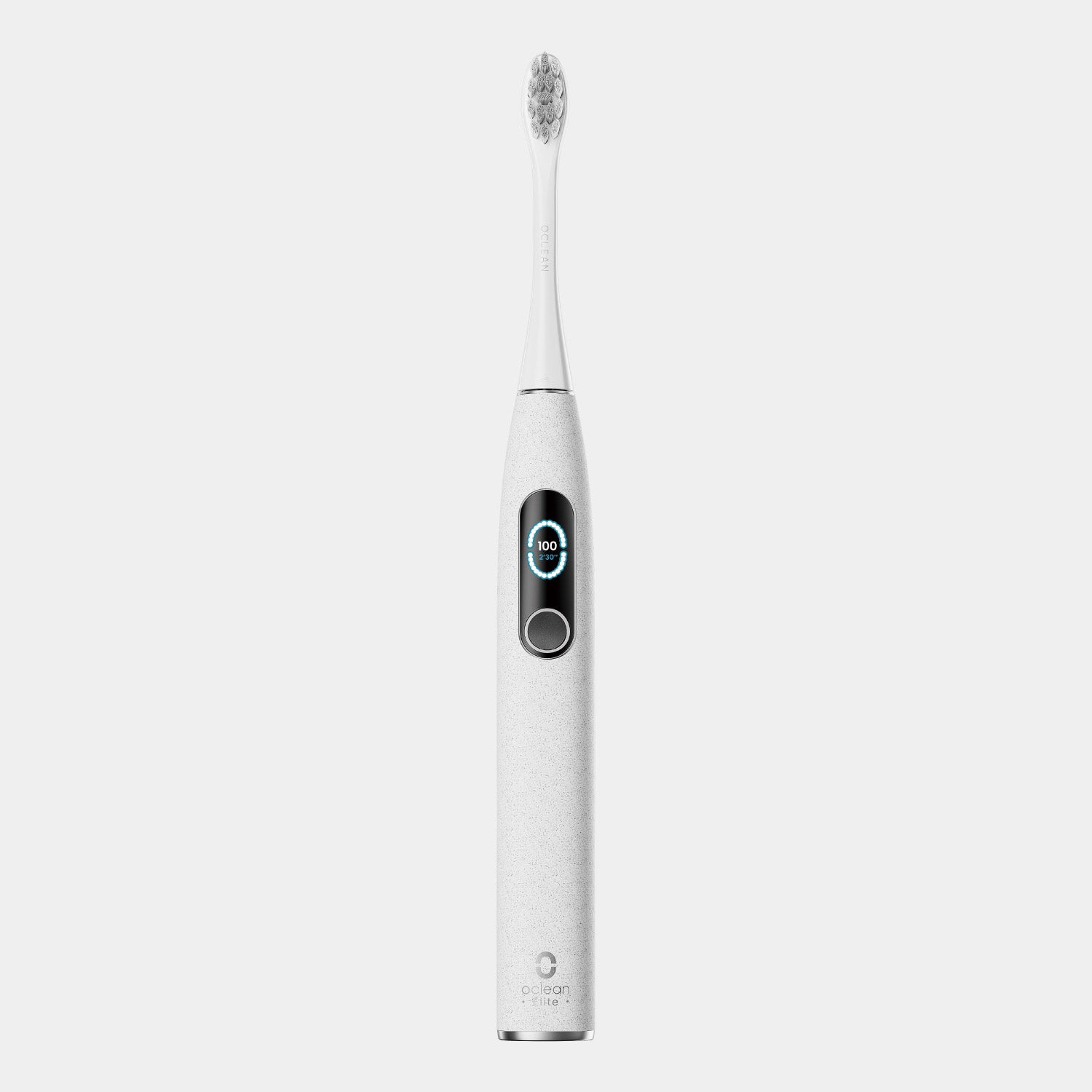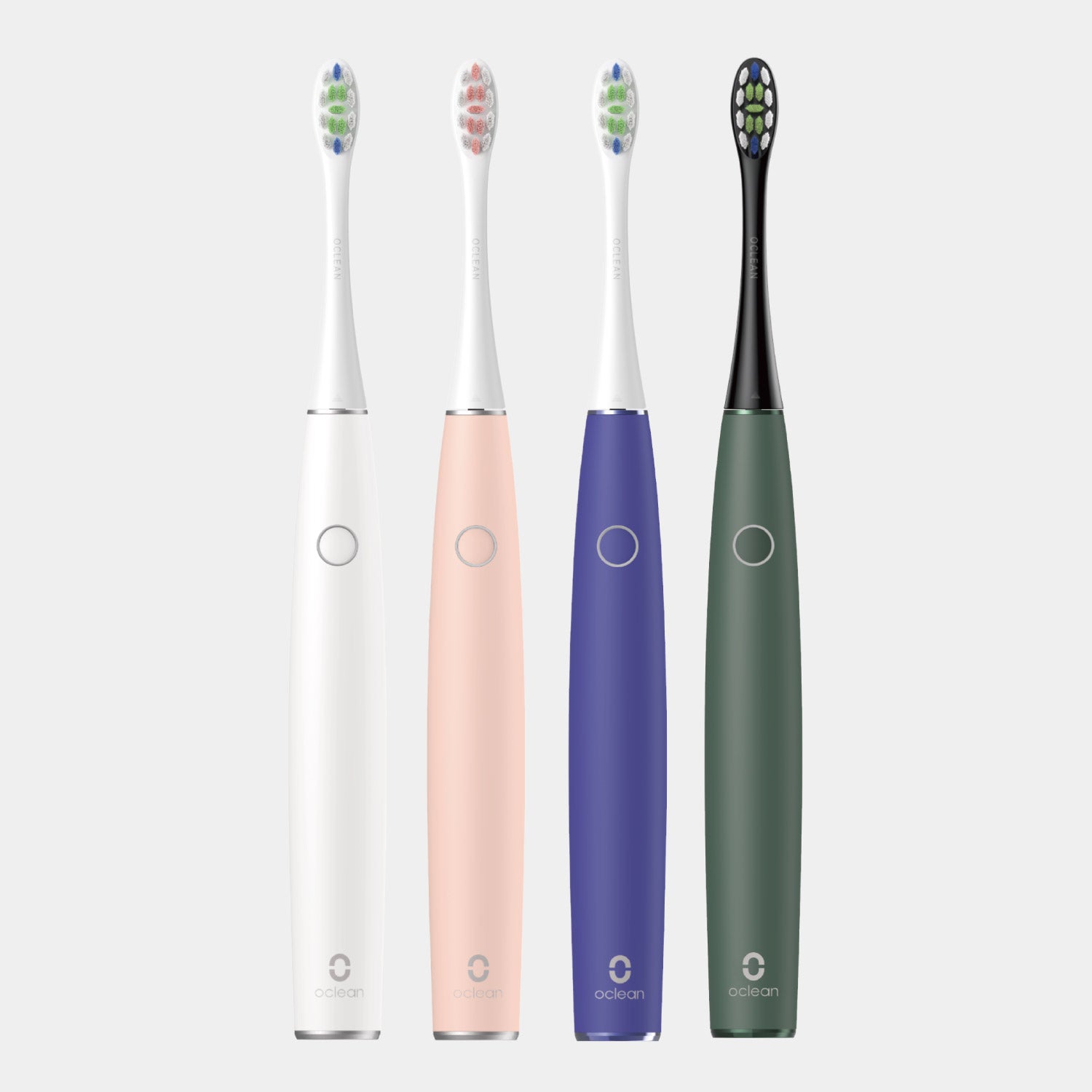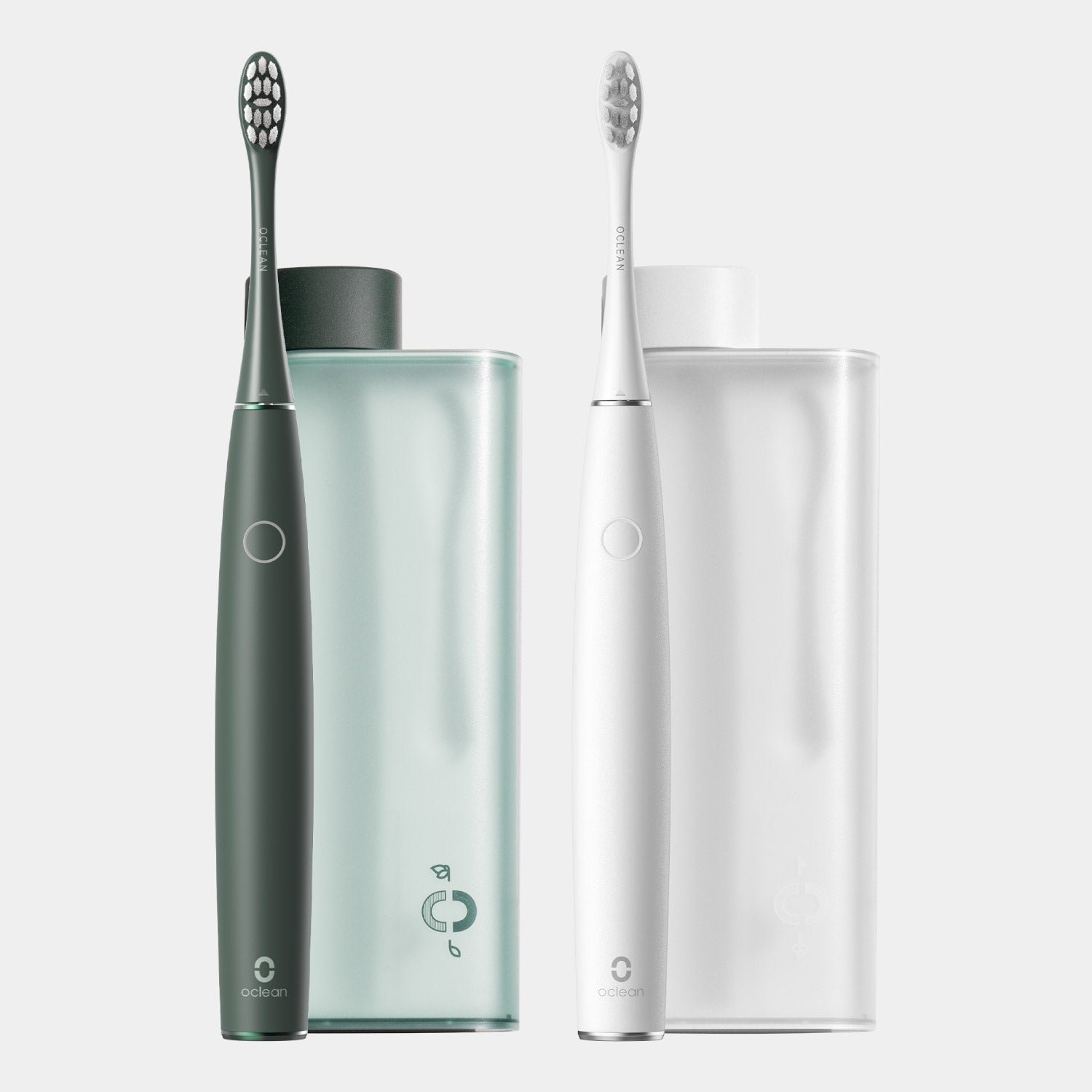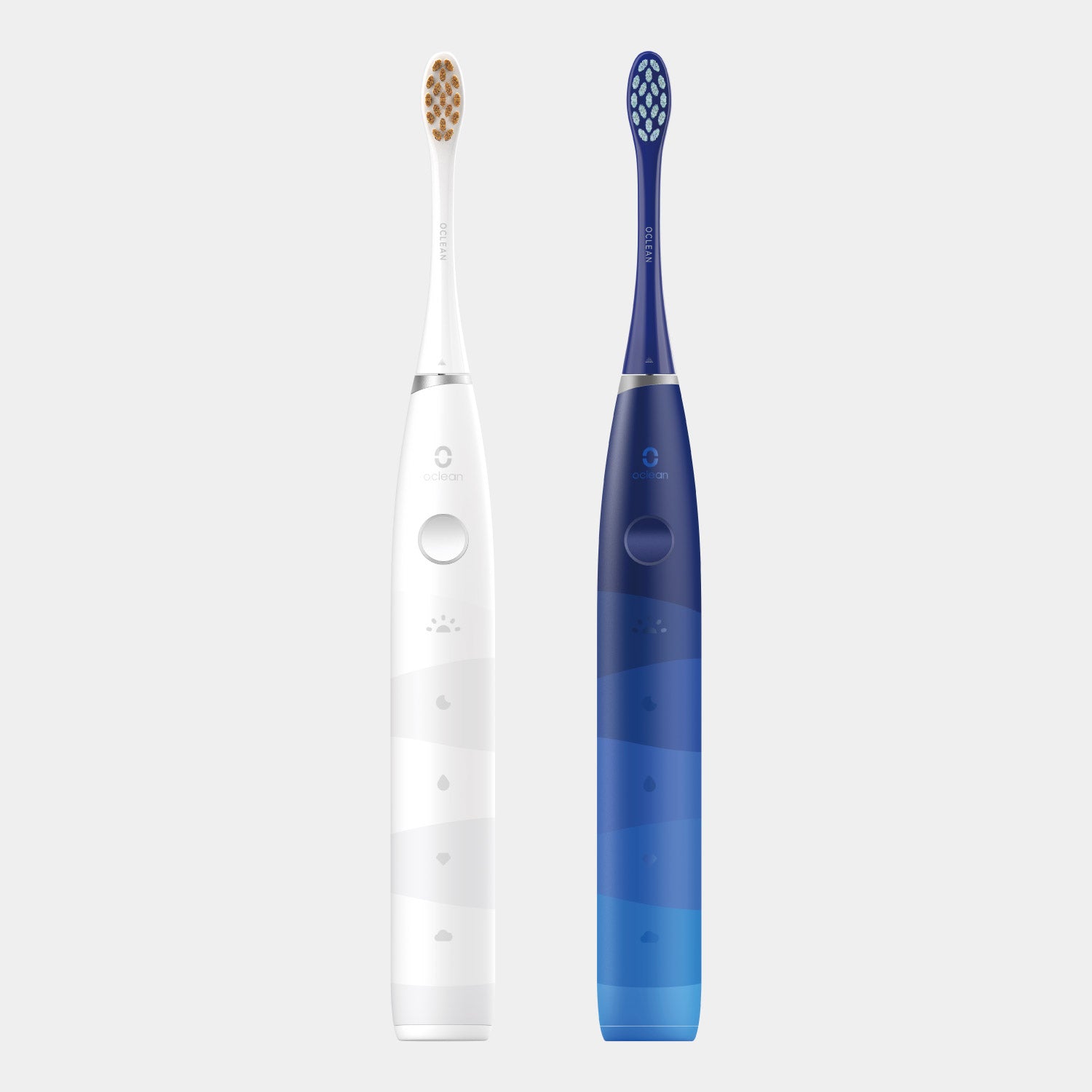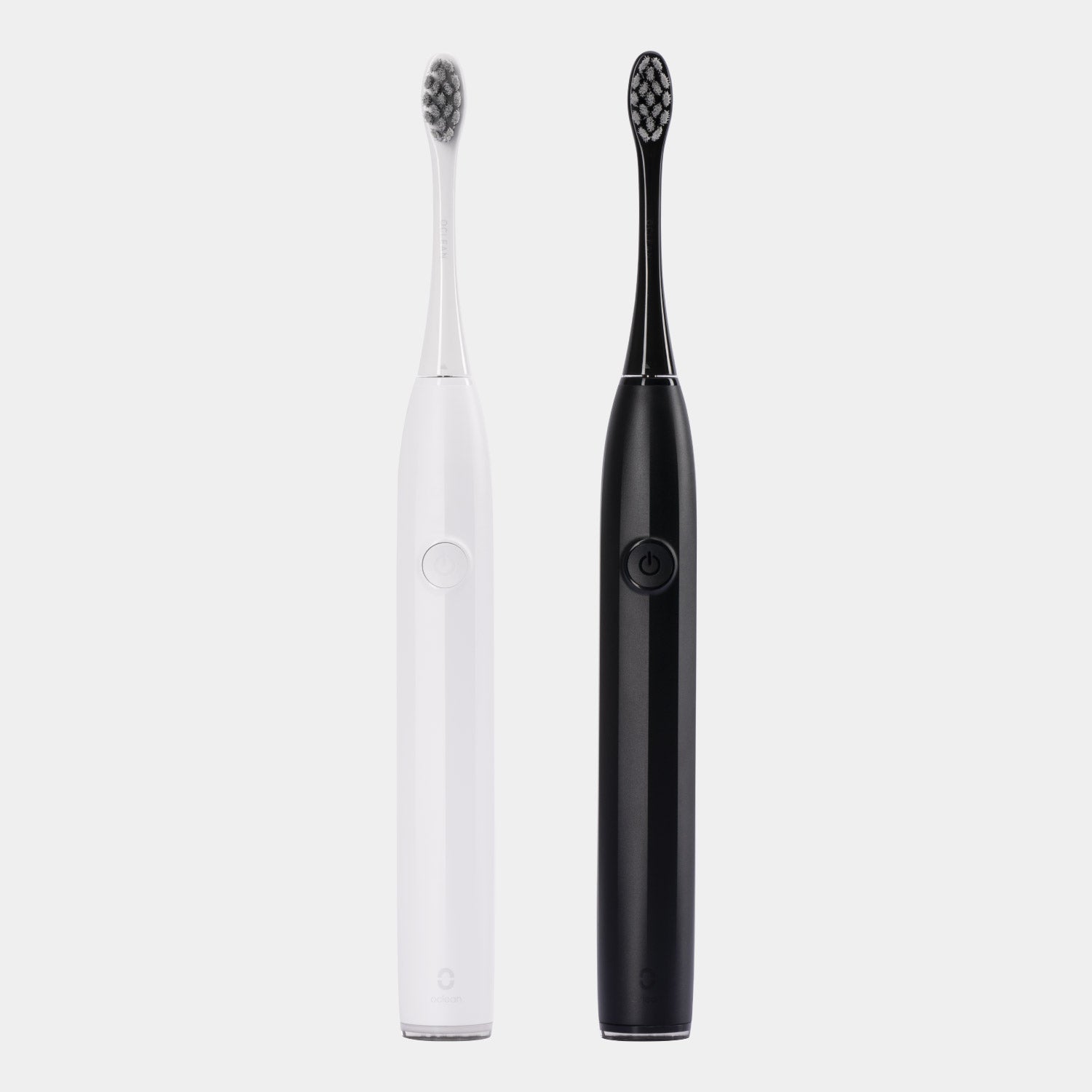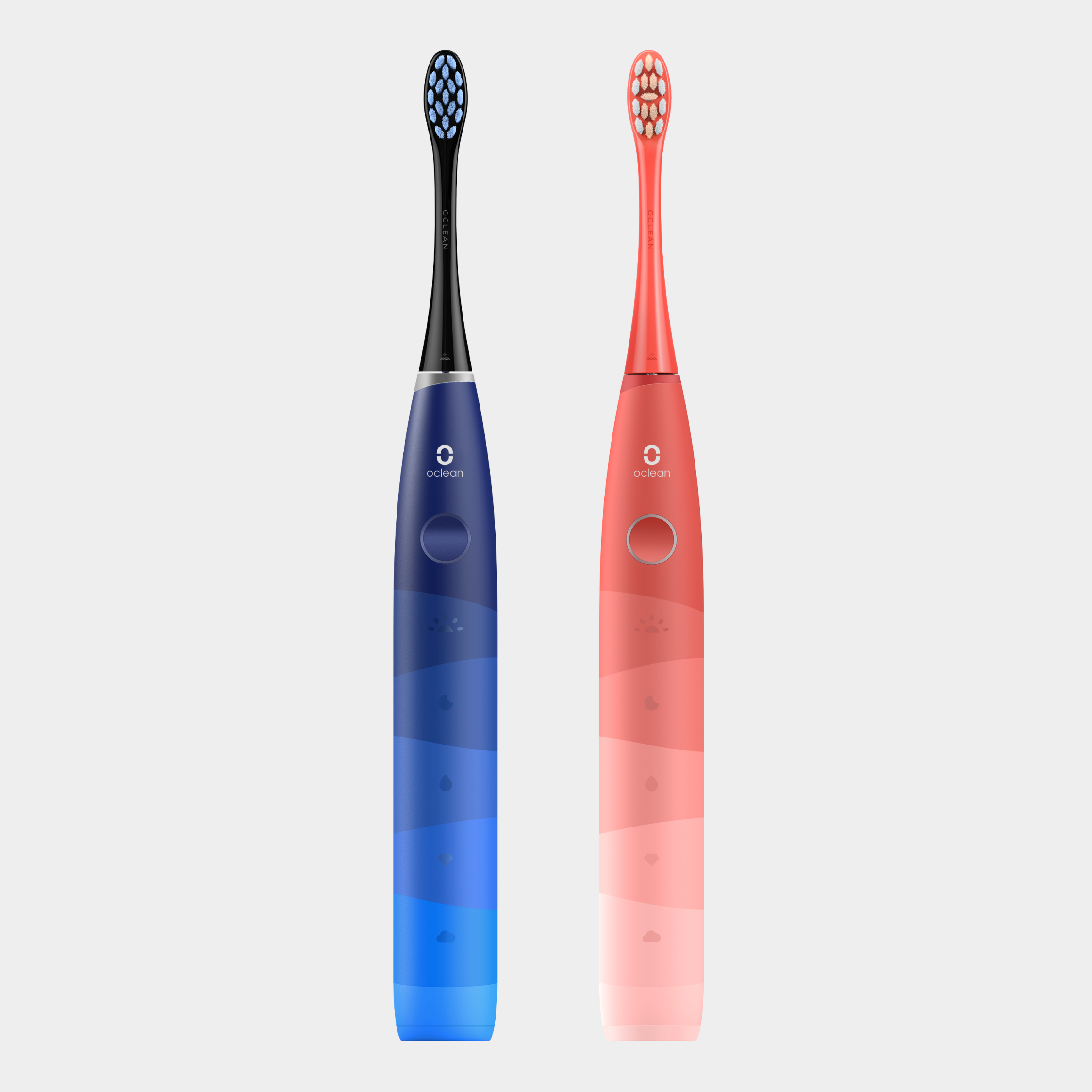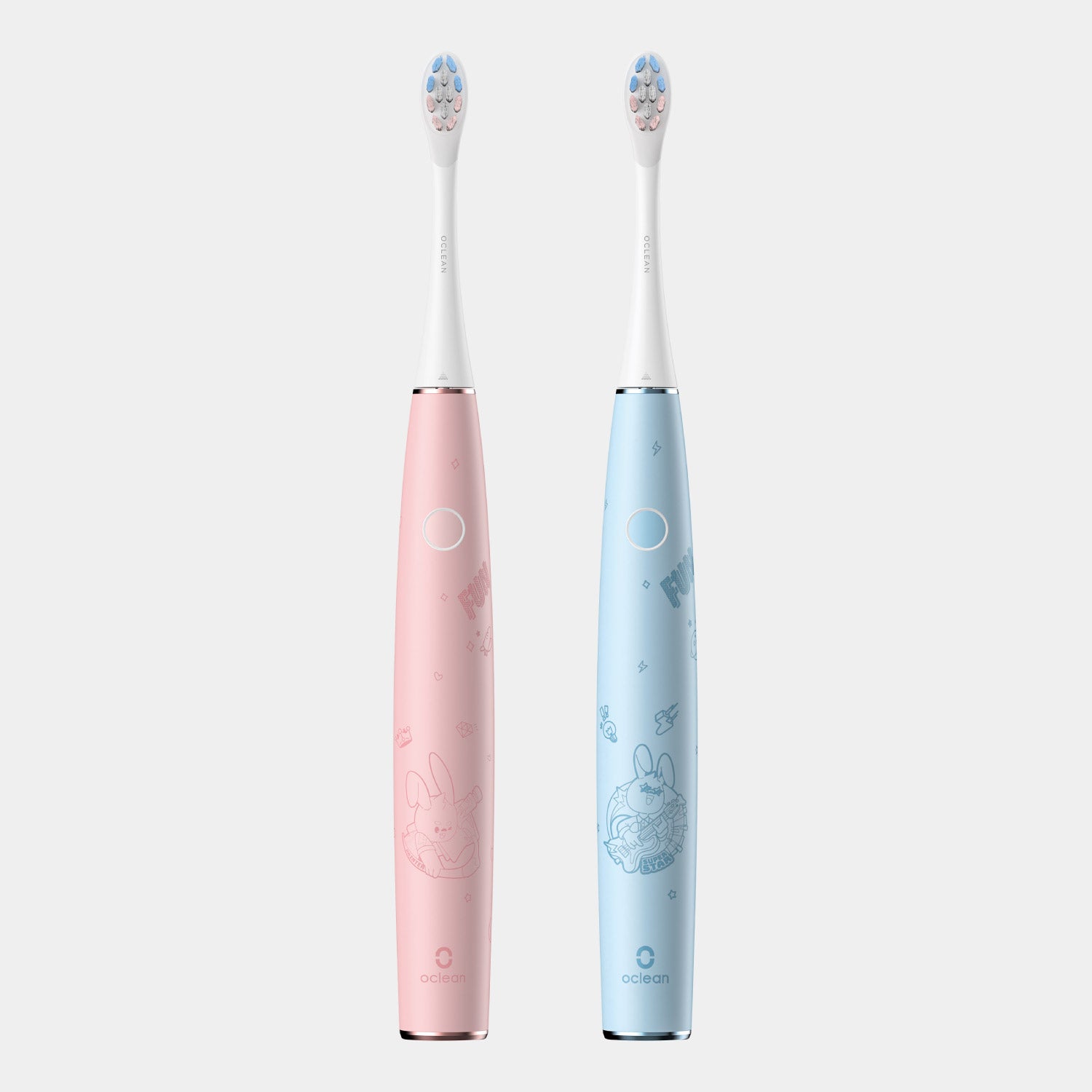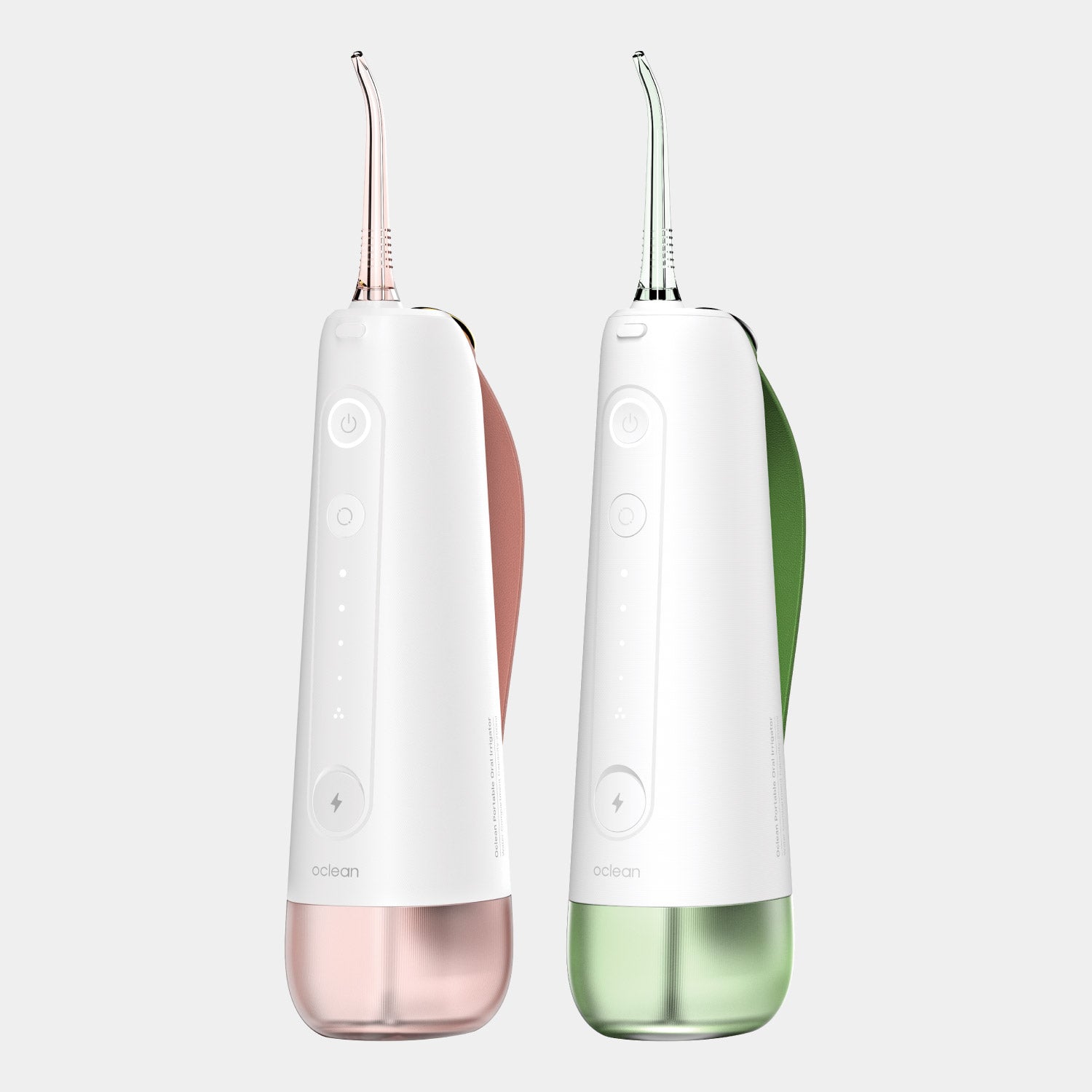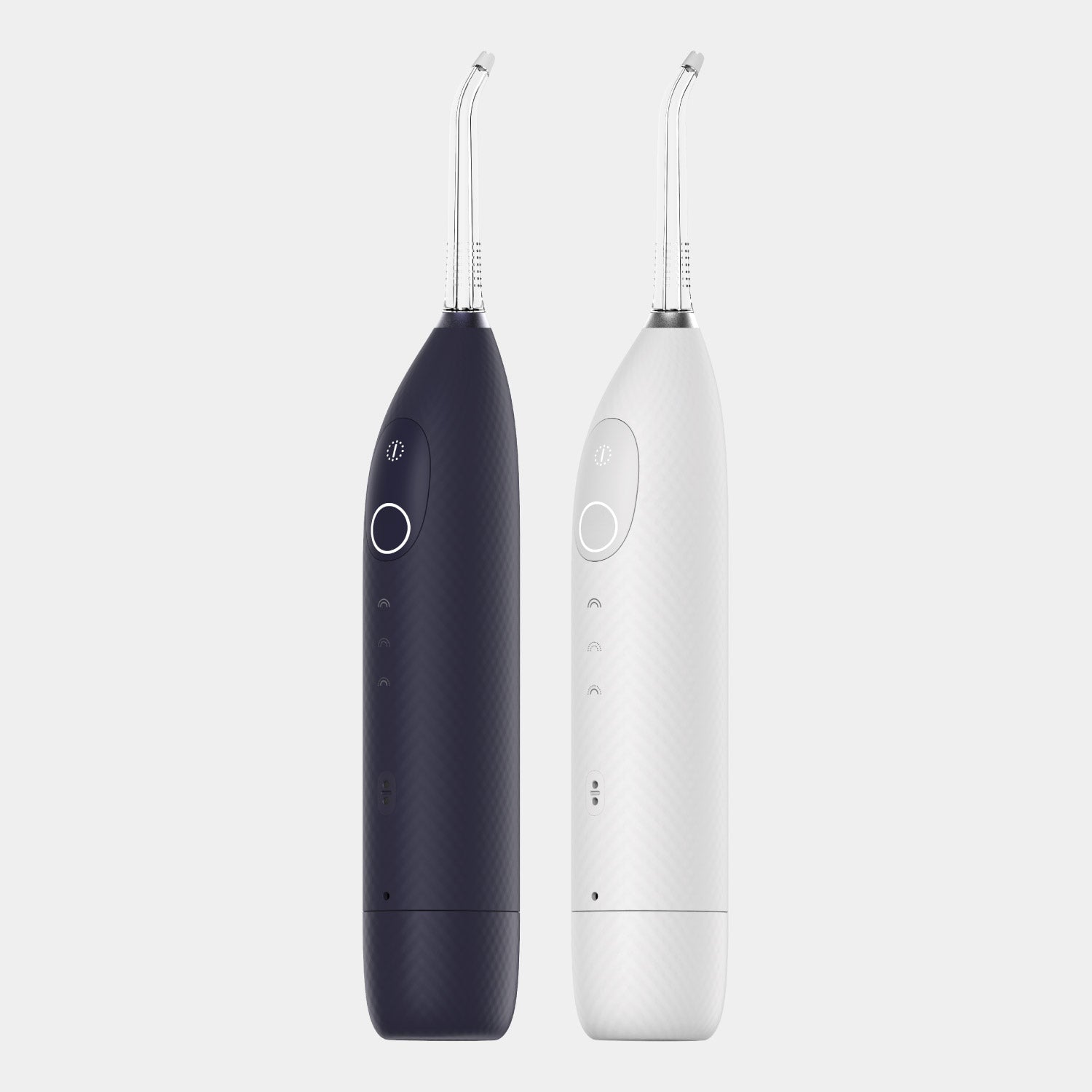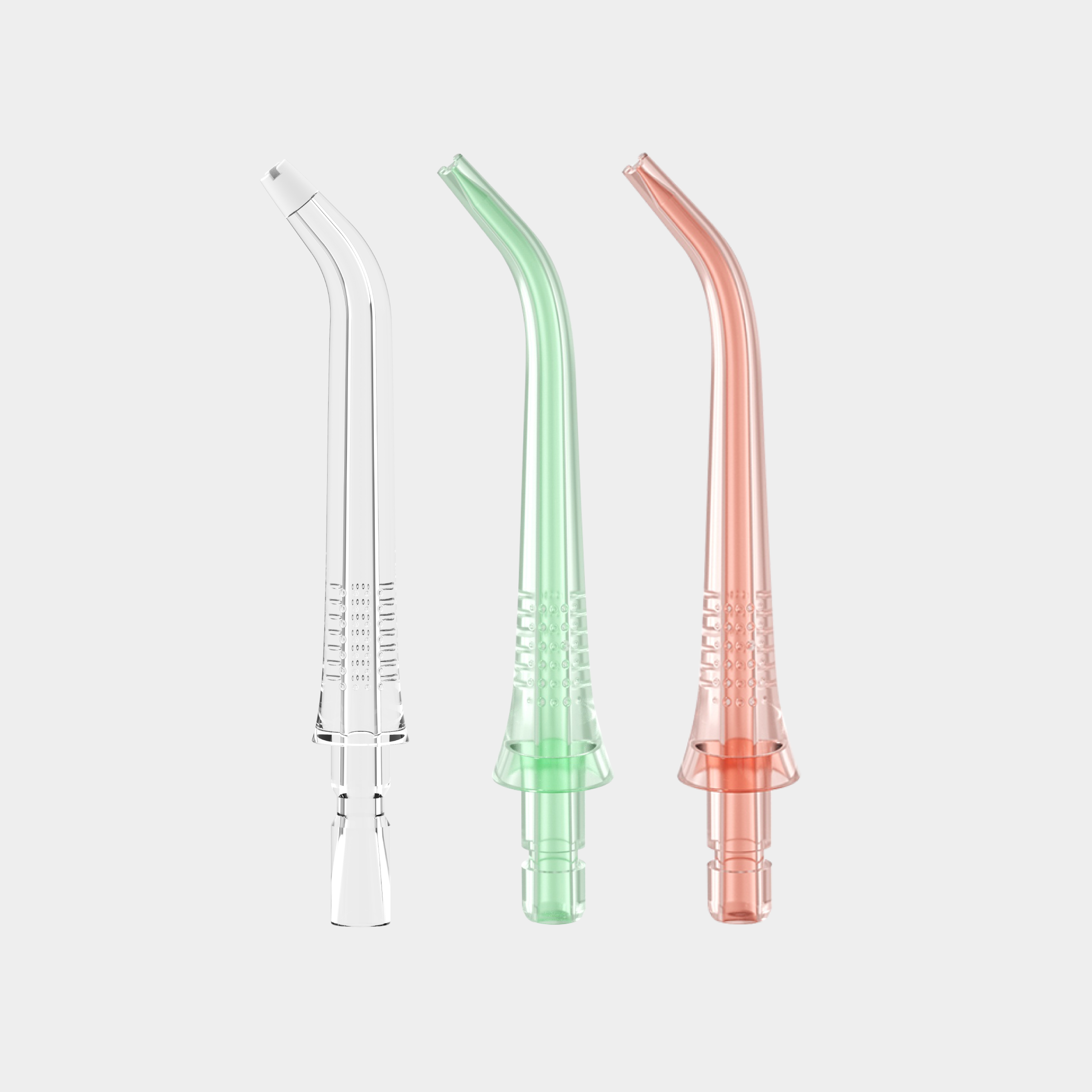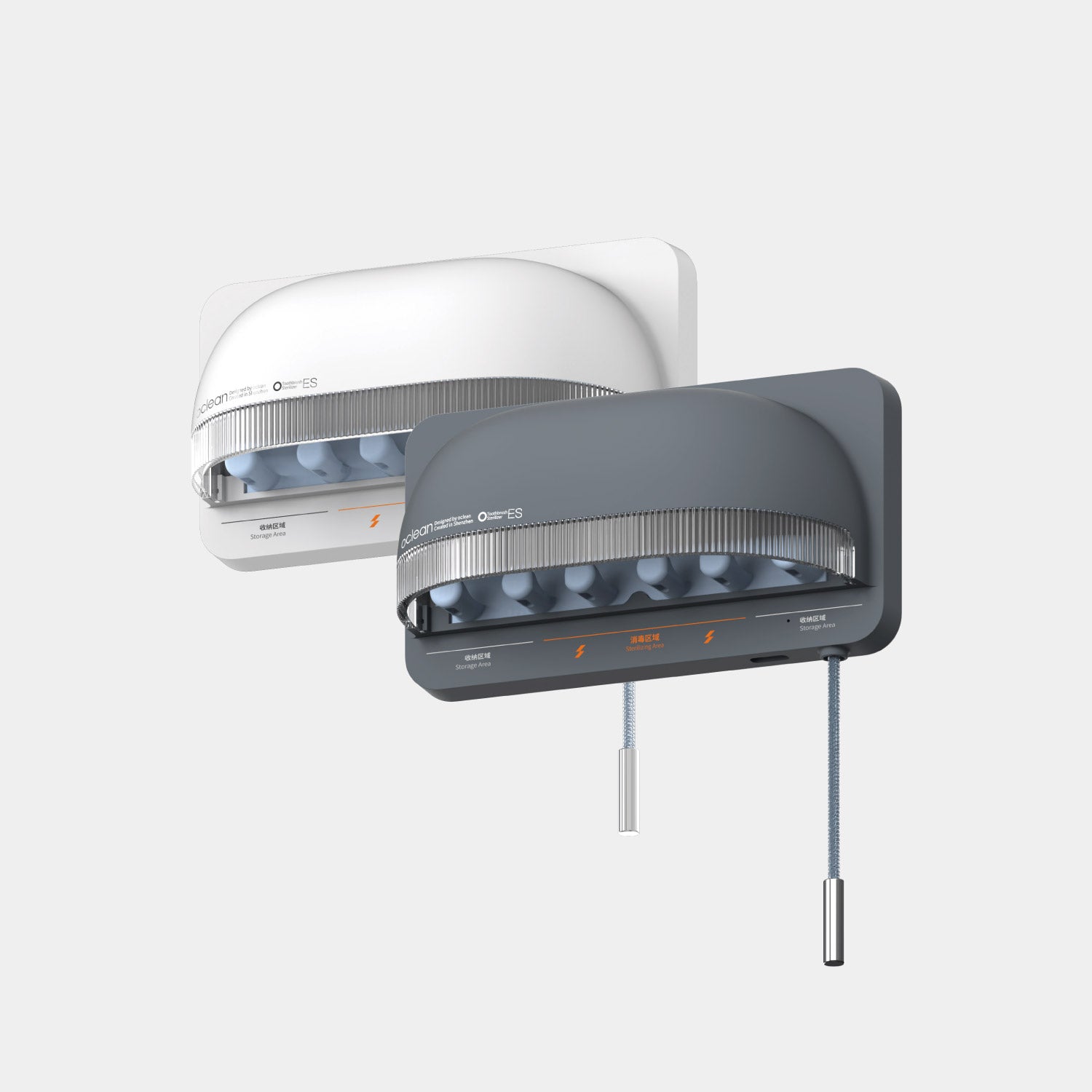If you've experienced a severe tooth infection, long-term dental decay, or even blunt force trauma, a tooth extraction may be necessary. The procedure involves removing the tooth from your jawline. The space is then left to heal until dentures or an implant is fitted.
Tooth extraction is a common dental procedure, and it's crucial to follow proper aftercare to ensure a smooth recovery. Many individuals have questions about when they can resume their oral care routine, including using mouthwash, after a tooth extraction. Here, we will address these queries and provide essential information on post-extraction care.
Understanding Mouthwash
Mouthwash is a popular oral hygiene product that helps freshen breath and maintain oral health. Over-the-counter (OTC) mouthwashes often contain ingredients like alcohol to combat bad breath, while medicated mouthwashes may contain antiseptics that help eliminate germs and reduce plaque and tooth decay. Together with brushing, using mouthwash will get rid of the bulk of oral bacteria, leaving your mouth clean and sanitised.
However, it's important to note that while mouthwash can be a valuable addition to your oral care routine, it cannot replace the necessity of regular brushing and flossing. Too many people give their mouth a quick rinse with mouthwash, believing it equals a thorough clean. It doesn't. Only regular brushing, flossing, and interdental brushes can get between the teeth to remove the hidden bacteria and plaque.
Types of Mouthwash
When you browse your local shelves, you'll notice several different kinds of mouthwash. Generally speaking, they're classified as either therapeutic or cosmetic. The key difference is whether they kill germs or merely freshen your breath.
Here's an overview of the types of mouthwash:
· Cosmetic Mouthwash. This type of mouthwash is designed to freshen your breath, temporarily counteracting bad breath. The mouthwash will not kill any bacteria, and so has a short-term effect.
· Therapeutic Mouthwash. In contrast, these mouthwashes contain antimicrobial ingredients that kill bacteria and protect your teeth. Common ingredients include eucalyptus oil, a powerful antibacterial ingredient, and fluoride, which restores damaged teeth enamel via remineralisation.
Other kinds of therapeutic mouthwash include chlorhexidine and hydrogen peroxide. The former is a popular ingredient in some mouthwash brands and is strong against periodontitis-related bacteria. The latter has disinfecting properties; however, due to its severity, it's not intended for daily use as it can penetrate the tooth root and damage the internal dental pulp.
Lastly, there's salt water. Technically not a mouthwash, swilling the mouth with salt is commonly recommended after a dental extraction as it decreases the risk of infection, gum inflammation, and dry socket. This remedy is as simple as stirring ½ a teaspoon of salt into a cup of warm water. Again, it shouldn't be used long-term due to damage to tooth enamel and gum irritation.
Using Mouthwash After Tooth Extraction
After a tooth extraction, the healing process is critical, and certain precautions should be taken to prevent complications. Your dentist will provide specific post-operative instructions to follow for a smooth recovery.
Here are some key considerations regarding the use of mouthwash after tooth extraction:
1. Wait for 48 Hours: In most cases, it is advisable to wait for 48 hours (two days) after a tooth extraction before using any mouthwash. This waiting period allows the initial stages of healing to take place and minimises the risk of complications. It's essential to follow your dentist's guidance regarding the exact timing.
2. Use Medicated Mouthwash: When you do start using mouthwash after tooth extraction, opt for a medicated mouthwash with antiseptic properties as recommended by your dentist. These mouthwashes can aid in maintaining oral hygiene and reducing the risk of infection.
3. Avoid Alcohol-Based Mouthwash: While medicated mouthwashes can be beneficial, it's crucial to steer clear of alcohol-based mouthwash during the initial healing phase. Alcohol can irritate the extraction site and hinder the healing process. Always choose an alcohol-free mouthwash.
4. Follow Your Dentist's Recommendations: Every individual's healing process may vary, and specific instructions from your dentist should take precedence. They may provide personalised guidance on when and how to incorporate mouthwash into your post-extraction oral care routine.
If you forget and accidentally use mouthwash, don't be alarmed. Speak to your dentist about the issue if you notice any symptoms. Simply using mouthwash one time isn't guaranteed to cause complications. Still, it's better to avoid the risk in the first 48 hours if you can.
Potential Complications from Premature Use of Mouthwash
Using mouthwash immediately following a tooth extraction isn't without risks. The same is true for a wisdom tooth extraction. When the tooth is removed, it leaves the underlying gum exposed. A blood clot begins to form in the socket that should not be removed. If it falls out, it can increase the risk of dry socket and pain.
So, what happens if you use mouthwash? Here are some potential complications:
· Dry Socket. Also known as alveolar osteitis, this condition occurs when a tooth is removed from the bone and gums. Usually, the blood clot protects the hole in your gums as it gradually heals. However, if the clot is dislodged or doesn't form, then it creates a dry socket. The exposed nerves and bone become painful for several days or longer. The pain is steady and throbbing. Worse, in some cases, it can lead to infection and delayed healing.
· Increased Pain. Mouthwash is designed to be safe orally. That being said, applying it directly to the socket, with the exposed bone and nerves, is likely to cause irritation. This sensitivity can translate to lingering pain.
· Delayed Healing. You might think that mouthwash cleans the socket, allowing it to heal properly. That's not the case. In fact, if you use it too early, then it can delay the healing process. Obviously, this is true in cases of dry sockets, but others might notice a longer healing time as well.
· Infection. Most types of mouthwash are antibacterial and reduce the risk of infection. However, if you use a cosmetic mouthwash instead, it can disrupt the natural healing flora, increasing the risk of a pathogenic infection.
Remember, if you experience any of these symptoms, it's important to speak to your dentist. Dry sockets, in particular, can be immensely painful. Your dentist can pack the socket with a medicated dressing to numb the pain alongside over-the-counter pain medication. Often, people need to have this dressing changed every few days in addition to a saltwater rinse (see below).
Additional Post-Extraction Care Tips
To ensure a successful recovery after a tooth extraction, consider these additional care tips:
· Proper Brushing: Resume gentle brushing with a soft-bristle toothbrush after 24 hours of the extraction. Be extremely cautious around the extraction site to avoid disturbing the healing process.
· Rinsing with Saline Water: In the initial 24 hours after the extraction, you can gently rinse your mouth with lukewarm saline water to aid in cleaning and healing.
· Avoid Irritation: Refrain from using straws and consuming very hot or cold foods and beverages during the healing period to prevent irritation to the extraction site.
· Oral Hygiene: Maintain good oral hygiene by adhering to your dentist's recommendations for brushing, flossing, and using mouthwash as the healing progresses.
In short, you can use mouthwash after a tooth extraction, but it's essential to wait for at least 48 hours and choose an alcohol-free, medicated mouthwash as recommended by your dentist. Always follow your dentist's specific instructions for post-extraction care to ensure a smooth and complication-free recovery.
Additionally, gentle brushing and other oral hygiene practices should be maintained to promote overall oral health during the healing process.
Performing a Saltwater Rinse
Your dentist is likely to recommend a saltwater rinse as part of the healing process. It's the best way to manage oral bacteria without using mouthwash. Unlike mouthwash, it's unlikely to cause dry sockets or irritate the gums. However, if you rinse too hard, you can still disrupt or dislodge the clot.
Here's what you need to do:
1. Get a warm glass of water
2. Add ½ teaspoon of salt to the water.
3. Stir thoroughly to dissolve the salt.
4. Take a sip of the salt water and rinse it around your mouth. Be gentle to avoid dislodging the clot. Spit the water out when you're finished.
You can perform a saltwater rinse every day for a few days after the tooth extraction. Most people make their own saltwater mouthwash at home using table salt and tap water. There are several saltwater mouthwashes available in-store if you prefer a slightly safer option.
How Long Does a Tooth Extraction Take to Heal?
After a tooth is removed, the socket can take a while to heal. In the first 24 hours, the clot begins to form in the socket. It's crucial to avoid disrupting the socket during this time, as there can be some minor bleeding, swelling, and pain. If you're experiencing severe pain at this point, speak to your dentist immediately.
During the first few days, there is usually some low-level pain that's easily managed with OTC pain medication. The blood clot is still present, impeding normal eating and drinking. However, after three days, the gum begins to heal. It can take up to 10 days for the socket to appear different and for the clot to dissolve.
The jawbone undergoes a longer healing process. Depending on the extent of the extraction (e.g., removal of wisdom teeth or molars), it can take 3 to 6 months for the underlying bone to fully remodel where the tooth's roots were. Any future restorations, including implants, can only take place once this remodelling is complete.
Even after six months or more, some small changes continue. The indents where the tooth previously was become smoother, and the jaw reaches its final shape.
Can You Brush Your Teeth After a Tooth Extraction?
Probably a more common question than using mouthwash. Initially, on the day following the extraction, it's sensible not to brush your teeth. Some people might be tempted to brush around the socket. However, the risk of bleeding or disrupting the clot is simply too high.
Once 24 hours have passed, the gums usually heal enough to withstand normal brushing. It's still sensible to work around the clot. However, if you've got a bleeding condition or high blood pressure, then you might want to wait a little longer before brushing – 2-3 days is usually sufficient.
In addition, it's smart to use a soft-bristled toothbrush and gentle strokes. Applying too much pressure will cause bleeding.
The Perfect Post-Extraction Toothbrush
We recommend our line-up of sonic electric toothbrushes. Each of our toothbrushes contains a maglev motor, which reaches up to 84,000 movements per minute. You might think this sounds too vigorous. However, the rapid action means you can glide the toothbrush over your teeth without causing excessive damage to the gums.
In fact, several of our premier toothbrushes – including the Oclean X Pro Elite – have a smart screen which lets you know if you've missed a spot. Plus, with numerous modes and intensities, you can control and adjust the settings, whether you're doing a routine clean or dealing with a socket post-extraction.
Other features of the Oclean X Pro Elite include:
· Ultra-Quiet Technology. Even with a maglev motor, the toothbrush never exceeds more than 45 dB.
· Dupont Diamond & W-Shaped Bristles. The unique shape of the bristles is designed to access hard-to-reach locations. Plus, these bristles are softer than other brands.
· IPX7 Waterproof.
· Up to 35 Days of Battery Life.
· AI-Powered. The toothbrush monitors your brushing rhythm and strength, adjusting the frequency of movements to eliminate damage, bleeding and discomfort.
Explore our extensive range of electric toothbrushes, featuring a perfect blend of technology and innovation. Oclean has been recognised as the No. 1 brand by numerous renowned dentists worldwide. Upgrade your oral care routine with Oclean today!



